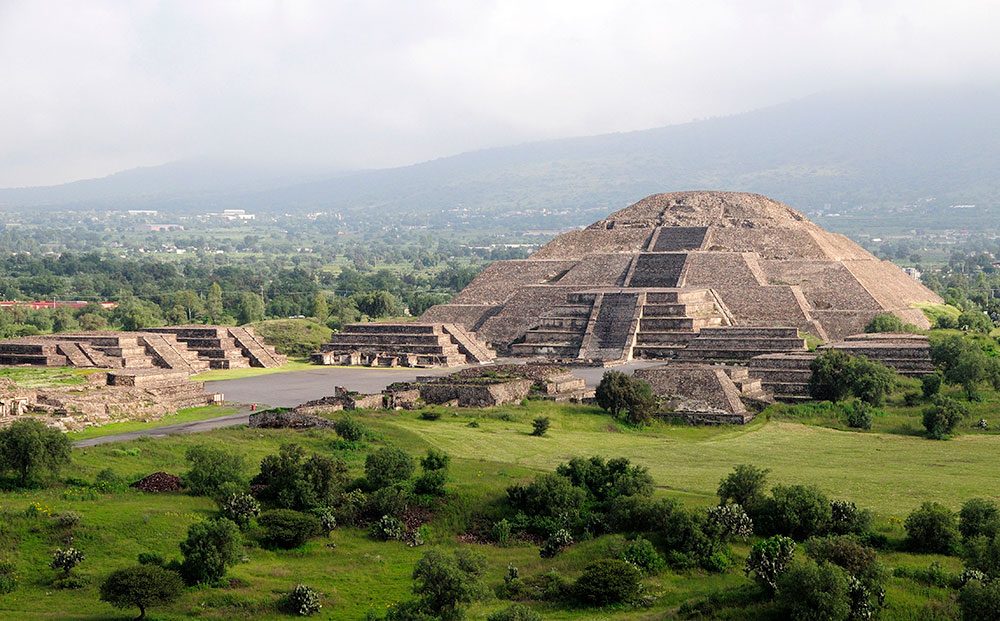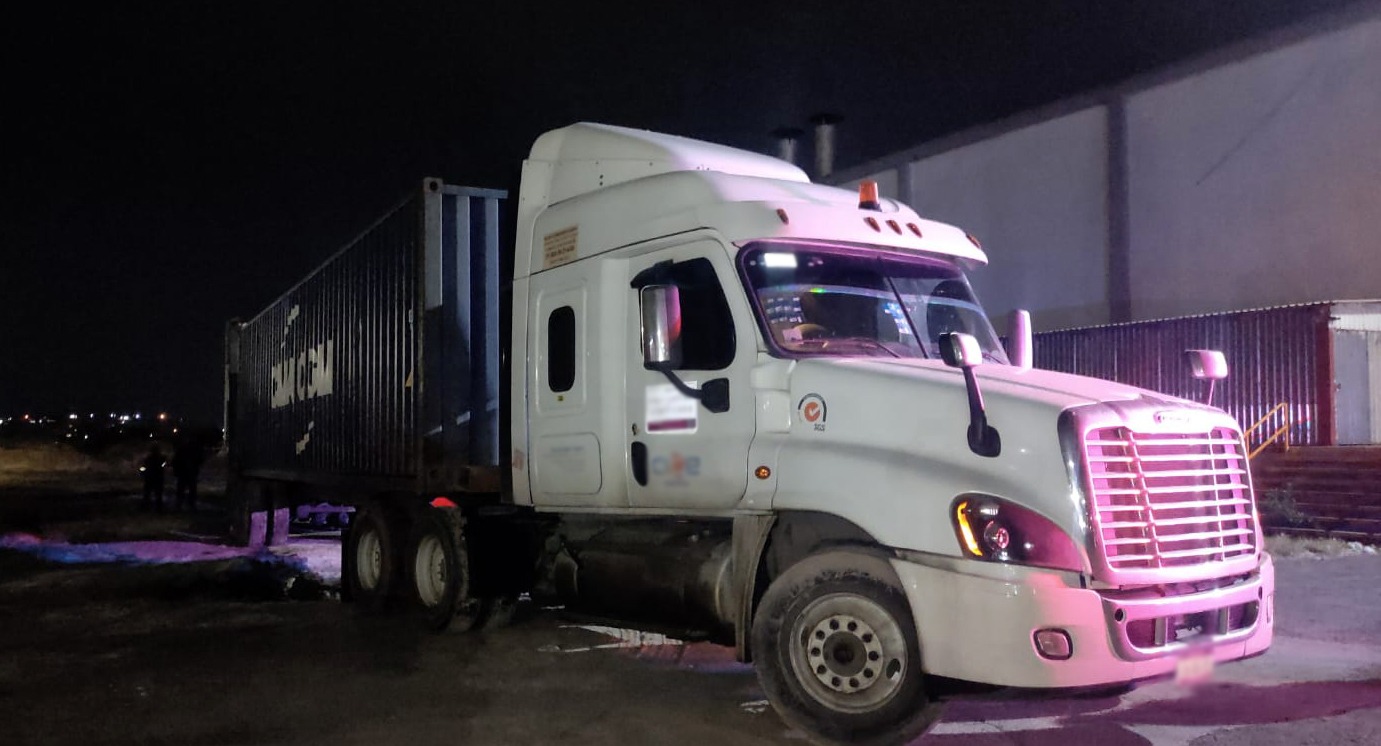Teotihuacán mantiene baja derrama económica tras pandemia

Tras el prolongado periodo de pandemia la Zona Arqueológica de Teotihuacán no ha conseguido regresar al número de visitantes y derrama económica que se tenía en 2019.

De acuerdo con información del Instituto Antropología e Historia en el Estado de México el número de visitantes al momento es prácticamente la mitad de lo que se tenía antes del inicio de la pandemia.
El registro de 2023 fue de 2 millones 394 mil visitantes, cuando en el 2019 se alcanzó la cantidad de 4 millones 567 mil 350, consolidándola como la segunda zona arqueológica más visitada en el mundo, solo después de las pirámides de Egipto.
Parte de los factores que se consideran determinantes en este sentido es la serie de guías turísticos falsos que prestan servicios en la zona y de los cuales los visitantes se sienten engañados, la imposibilidad de subir a las cumbres de las pirámides, así como la incertidumbre del retorno del espectáculo de luz y sonido que se había puesto en marcha.
Desde el sector empresarial se han impulsado acciones para detonar la zona por completo como al menos 8 municipios involucrados en recorridos turísticos y gastronómicos que amplíen el deseo de vista y generen una mayor derrama económica para toda la región en que también está involucrado el estado de Hidalgo.
Teotihuacán es uno de los espacios de mayor relevancia en materia cultural e histórica en el país, solo en 2019 de los 5 millones de visitantes que el INAH registró en todas las zonas arqueológicas del país, 4 estaban concentrados en este espacio particular.
Comentarios




